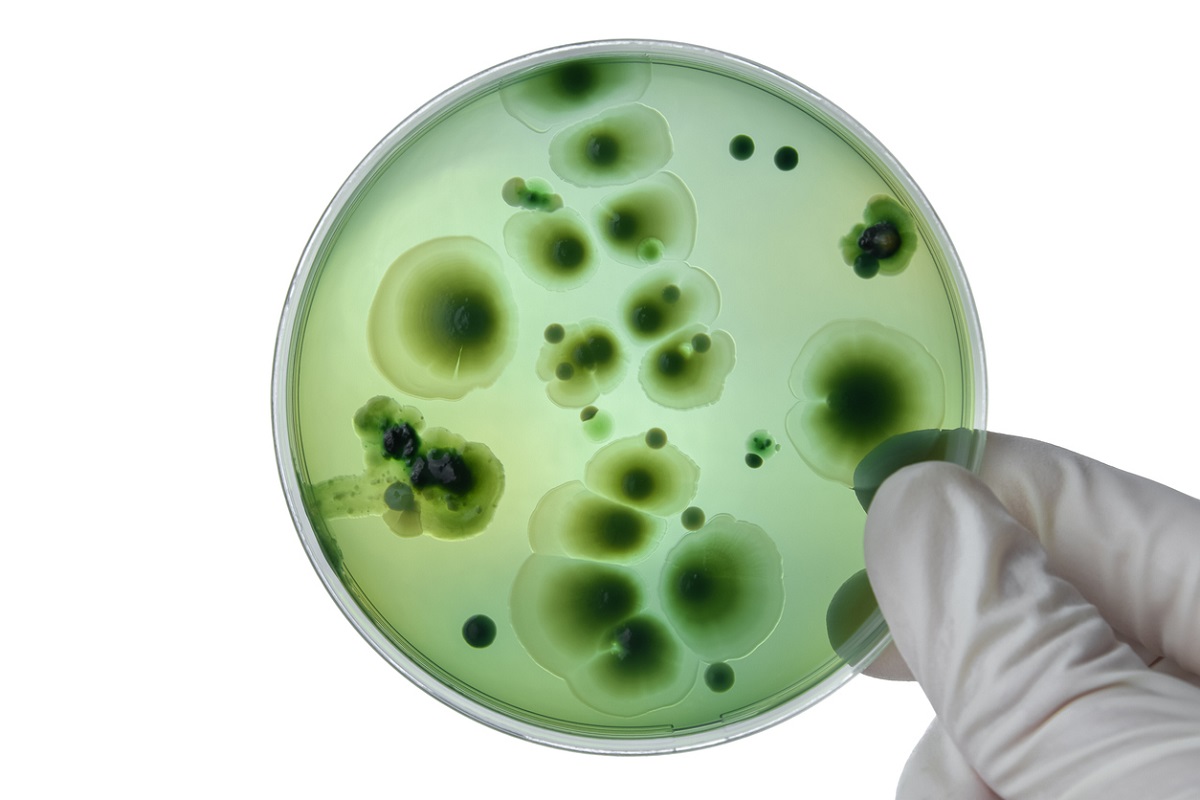
New Technology Uses Pathogen-Plant Chemical Interactions to Prevent Fungal Attack in Crops
July 20, 2022| |
European scientists found a way to manipulate signals precisely and effectively between the host plant and pathogens to prevent fungal attacks without environmentally hazardous toxins and with less ecological footprint.
Scientists from Germany, France, and Switzerland used around 20,000 fungus strains and 6,000 plant species to develop a method to trick the pathogens' chemical communication with plants and prevent fungal infections. Using the microfluidics chip that they developed, plant and fungi cells' chemical interactions were observed by the scientists. The cells were placed on chips that were a few square centimeters in size. Chemical interaction occurred through the microfluidic current without the cells having to touch each other. The interactions were observed by placing a gene switch and a fluorescent gene in the plant cells. When the chemical signals of the plant immune system were activated, this produced a green glow that allowed the scientists to measure how much interaction happened.
These observations allowed the scientists to decode the chemical communication between the fungus and the plant that accompanies the fungal attack, as well as identify the signal substances that the fungus used to suppress the plant's immune response. Further investigation helped them identify the molecules that can be used to reactivate the plant's immune response. The scientists likened their findings to a vaccination intended for plants. If this new technology proves to be successful under field conditions, new approaches can be developed to use signal substances to replace chemical herbicides in fields in the future.
Read more in EurekAlert! and in the DialogProTech Project.
| |
You might also like:
- Bacteria that Kills Fungus Affecting Sugarcane Yields Discovered
- Plants Found to Host Beneficial Fungi When Required
- Friendly Fungus Tapped to Induce Pest Resistance in Beans, Cassava
Biotech Updates is a weekly newsletter of ISAAA, a not-for-profit organization. It is distributed for free to over 22,000 subscribers worldwide to inform them about the key developments in biosciences, especially in biotechnology. Your support will help us in our mission to feed the world with knowledge. You can help by donating as little as $10.
-
See more articles:
-
News from Around the World
- Gene Drive Webinar: Integrating Social, Economic and Health Aspects Into Decision-making Process
- Nigeria Approves Import of Argentina's HB4 Wheat
- Researchers Discover Gene that Helps Maize Adapt to High Elevations and Cold Temperatures
- Oxitec Completes Friendly™ Fall Armyworm Deployments in Brazil's Top Corn-growing Regions
- Workshop to Explore Policy Considerations for Gene Editing in Asia and Australia
- Scientists Discover Critical Immune Component in Barley
- New Technology Uses Pathogen-Plant Chemical Interactions to Prevent Fungal Attack in Crops
-
Research Highlights
- Experts Bioengineer Nanomaterials to Combat Bacterial Leaf Blight in Rice
-
Read the latest: - Biotech Updates (December 17, 2025)
- Gene Editing Supplement (December 17, 2025)
- Gene Drive Supplement (February 22, 2023)
-
Subscribe to BU: - Share
- Tweet

